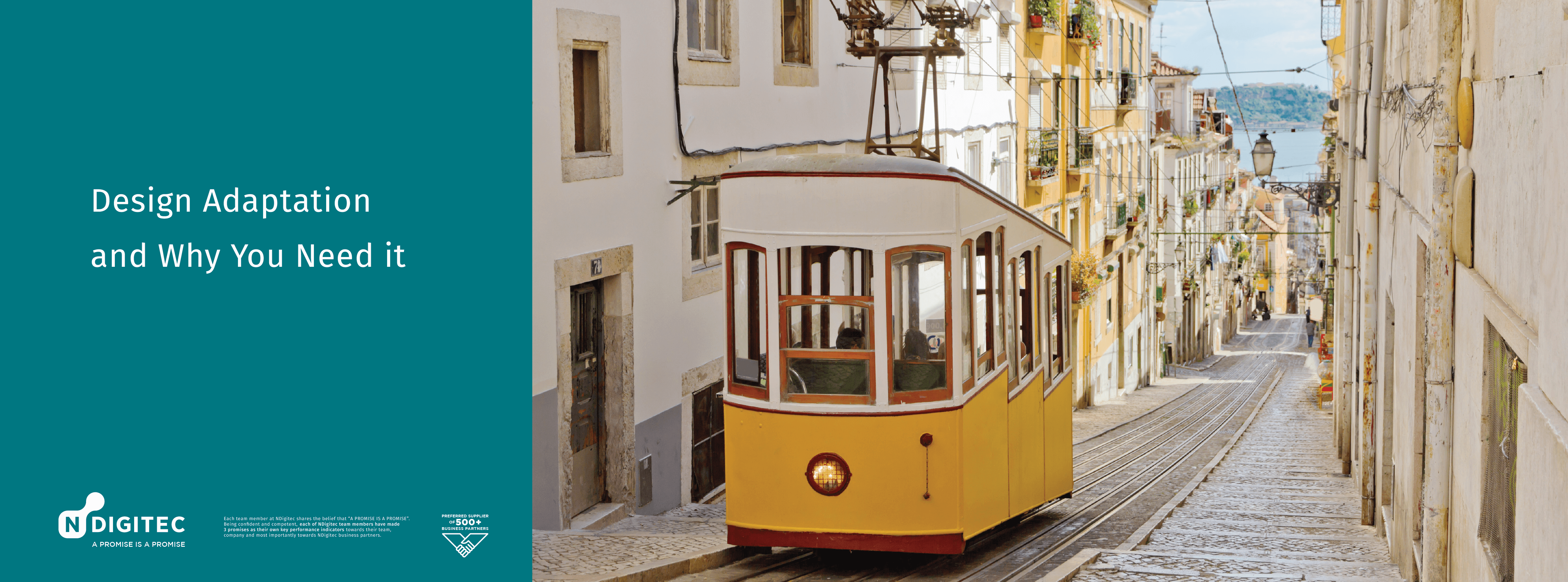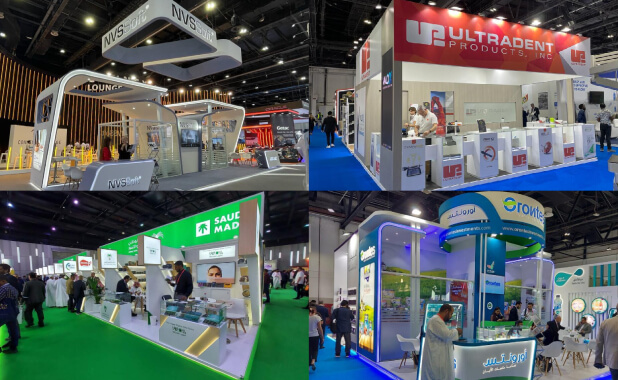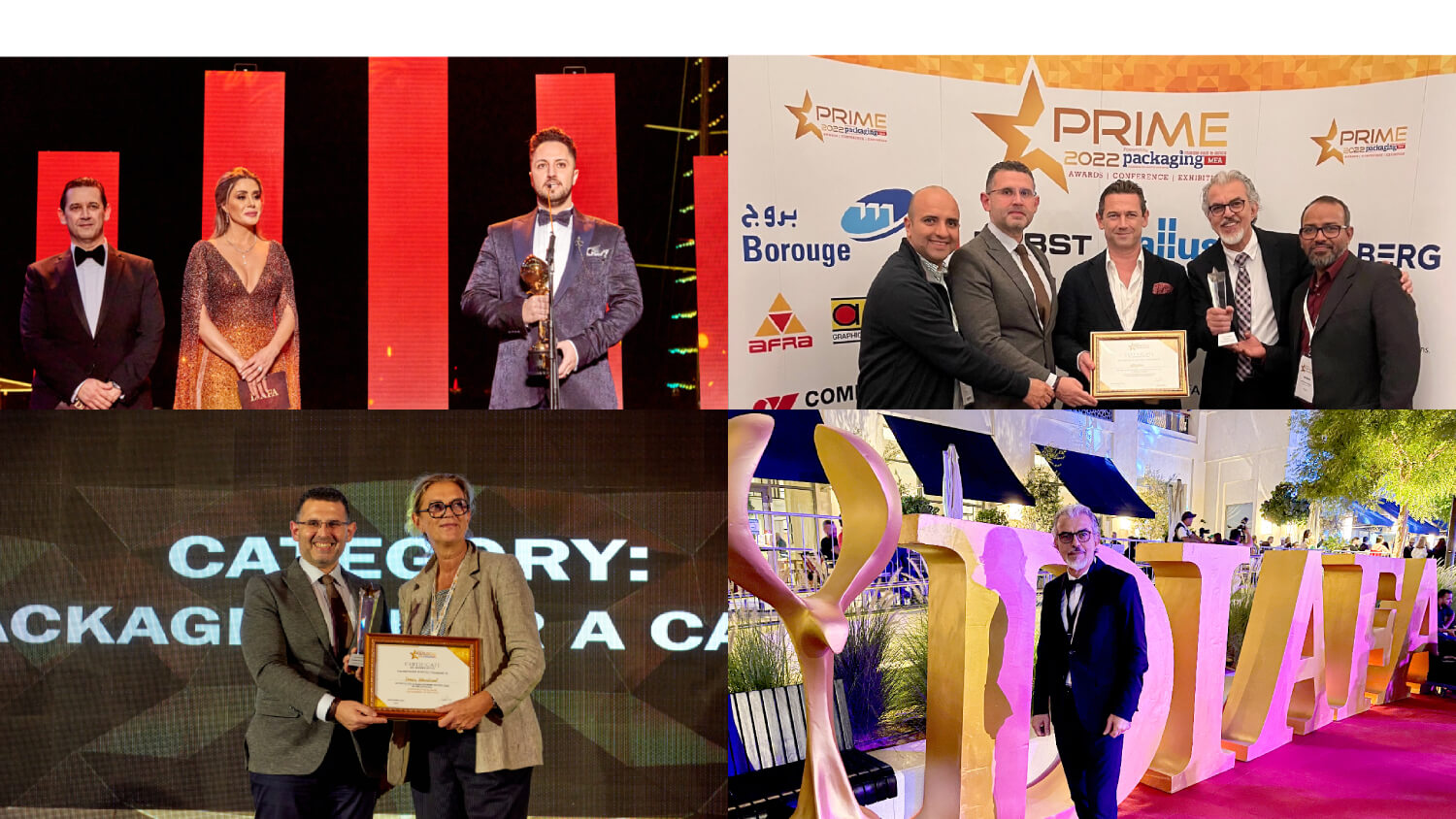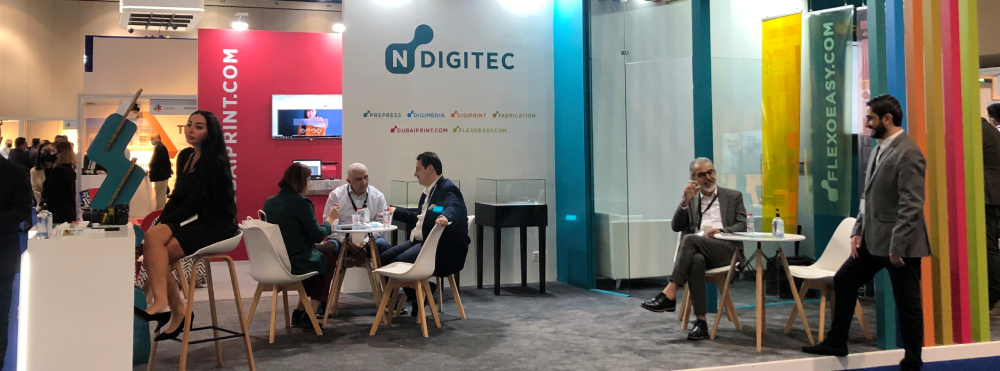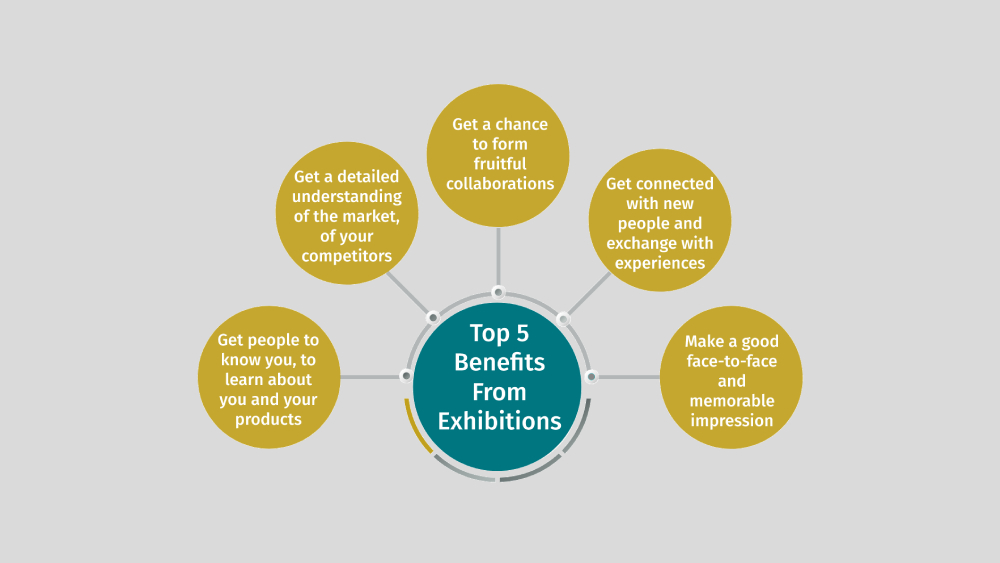How did the term design adaptation come up? Has someone mentioned it during a meeting? Or have your management advised to consider adopting the product’s design before introducing it to a new market? No matter how you’ve learned about the term, now you’re probably wondering, what it means and whether you should take it seriously.
Design adaptation is a promotional strategy used by businesses to tailor their products, packagings, and other design elements to specific market needs. Usually, companies use it to introduce existing products to international markets and expand their influence. It’s a common practice in the contemporary globalized market. A good deal of renown international organizations frequently use it, when developing their brand overseas.
We got one point out of the way, but to fully understand the term you need to view it without a broader context.
Design adaptation in a context
Design adaptation is part of a larger marketing strategy known as product adaptation. So what is it about?
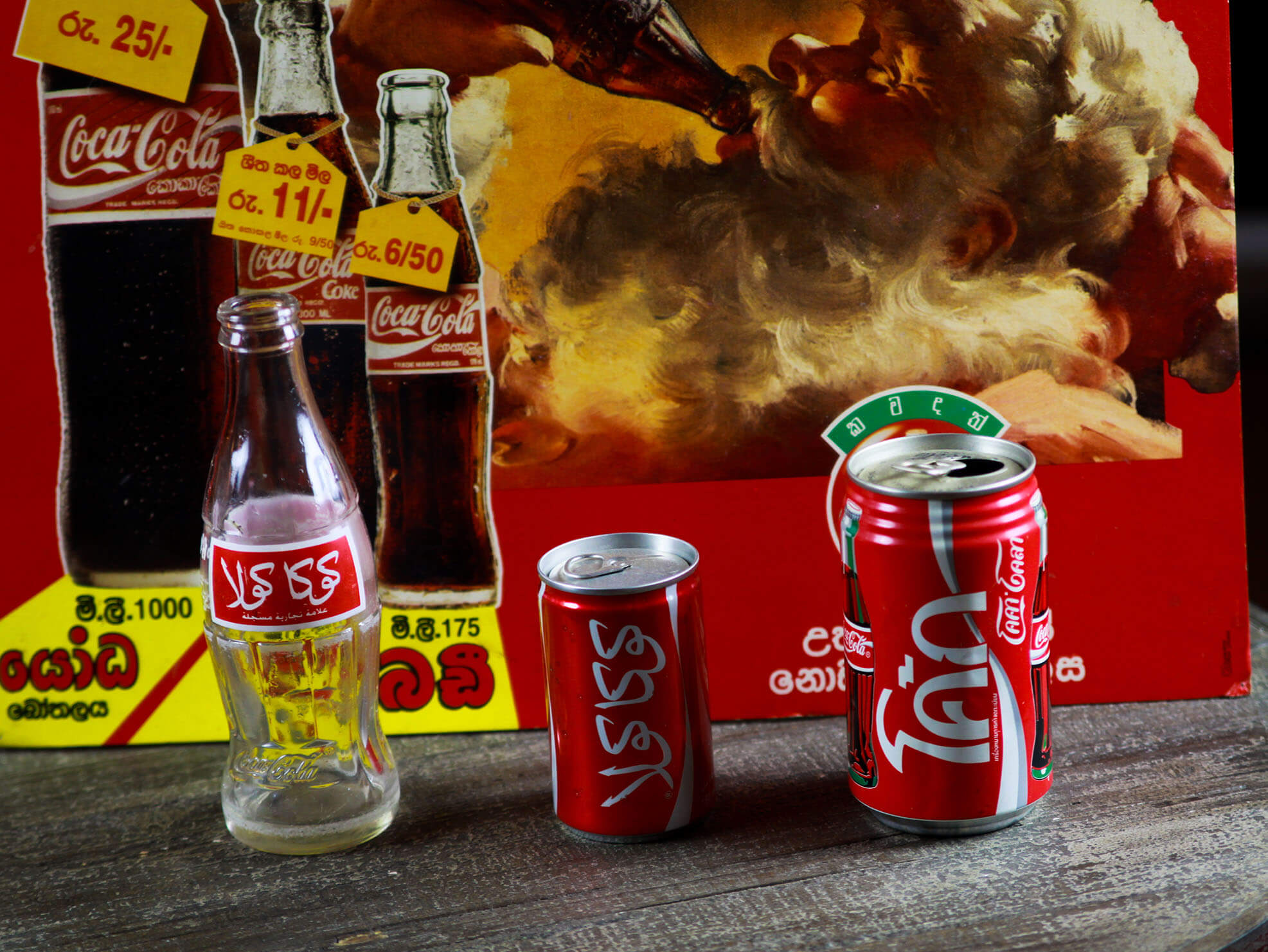
Product adaptation is a cumulative term people use to describe design adaptation, 3D product visualization, and localization design. Some companies need it more than other ones. But when entering a new market, almost all of them need to make alterations to their products, at least to an extent.
It isn’t the easiest and the cheapest strategy, but yes. Despite, many companies — including Burger King, IKEA, McDonald’s, and Coca-Cola — have been using the strategy for many years already. Why? Well, there are many reasons, and we’ll dive into them below.
Why brands use design adaptation
The companies use design adaptation because, most times, it’s just necessary. If they don’t, not only potential customers might ignore or criticize the brand, but consequences might be legal. And it is probably the last thing any company wants when entering a new market. The damage done to the reputation of the company can be irreversible.
Most of the time, the reason companies use design adaption services is cultural sensitivity. They need to tailor the packaging of the brand, its advertisement, and other promotions to the social norm of a country. Sure, the new design needs to be recognizable and correspond to the brand’s message. But it also needs to in tune with the local market. It’s like a safety bag — by adopting the design to the market, brands are distancing themselves from the possibility of getting into a scandal.

Social judgment isn’t, however, the only unpleasant consequence. Different legislations standards of different countries expect companies to change their product and its design. And it isn’t the point to neglect. As an example, China has strict rules on what kind of plastic companies can use in their production. If the organization’s product doesn’t meet the standards, it will have to pay a fine that’s 20 times the value of the product.
And the last but not least — market expansion. The companies often use the strategy to influence their position on the market. It can help them target different audiences and shift their focus. To an extent, design adaptation allows companies to start anew.
Important influences
All the factors above can affect the company’s decision to alter the design of their product. The company might want to use 3D product visualization and packaging design adaptation to compile with customer’s demands, living standards, climate, and safety measures. There really isn’t a cookie-cutter approach. The methods the company uses will depend on the product and its positioning.
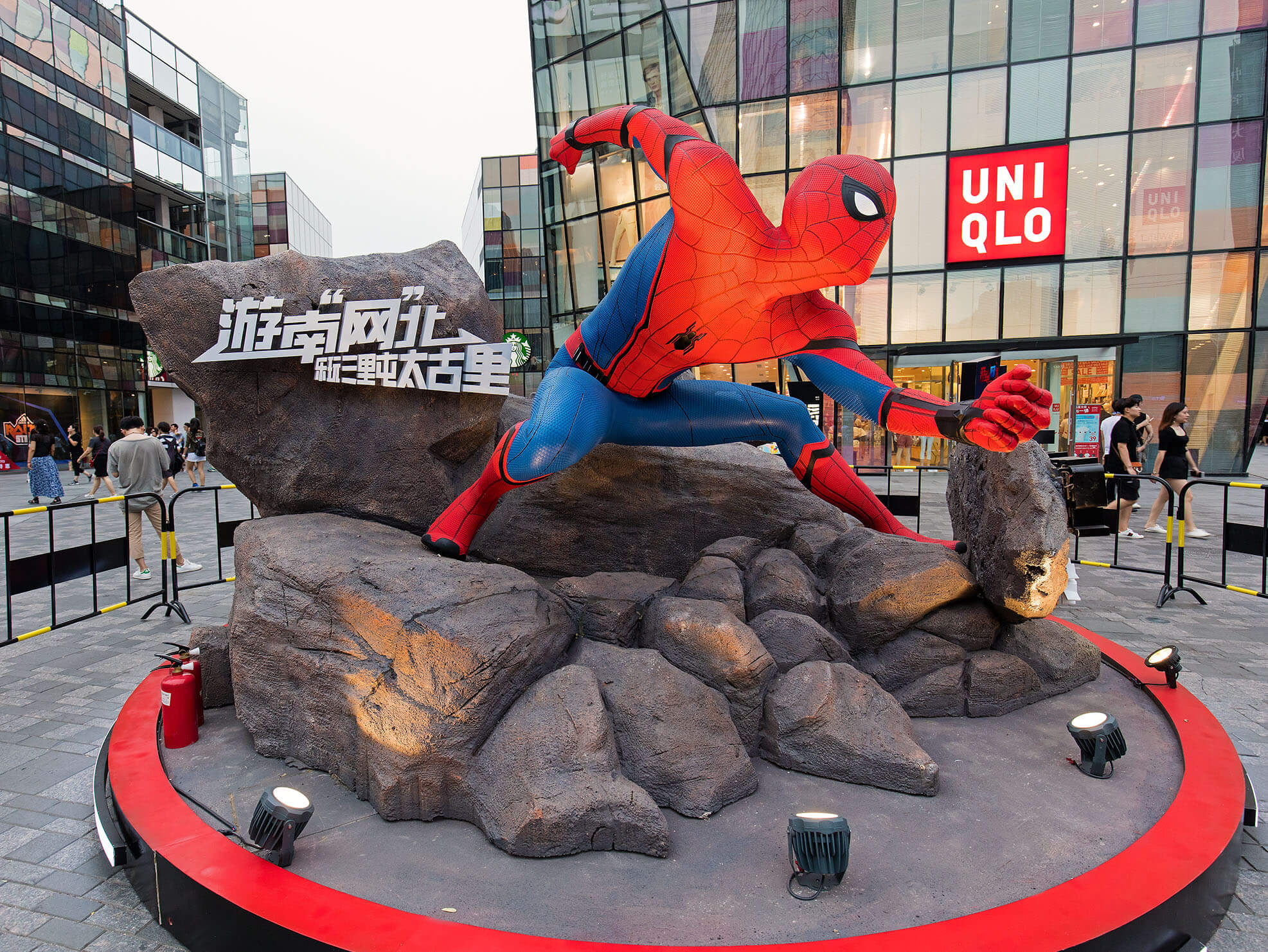
To put it in perspective, the same product in the UAE’s market might look nothing like the same product the US. Differences between two places both in their legislation and sensitivities inevitably come out in the way the product look. They can have different sizes, form, and color of the packaging. Companies can also alter messages of campaigns to have a better resonance with citizens. It’s not a secret that the countries have different sensibilities. That’s how what works well for one country might cause controversy in another one. It isn’t something you can or should ignore.
How the design adaptation is done
Even though the process is individual to every company, it often goes like this. First, the company decides it wants to enter a foreign market. After, the organization can either handle the changes in-house or outsource it to a local media company.
If the company changes the design of the product in-house, it needs to study the country. It needs to understand the country’s legislation, culture, expectations and come up with an action plan. The main benefit of changing the product in-house is the control over the process. Considering the team is also probably familiar with the standards, changes made to the product will be more authentic to the company’s branding.
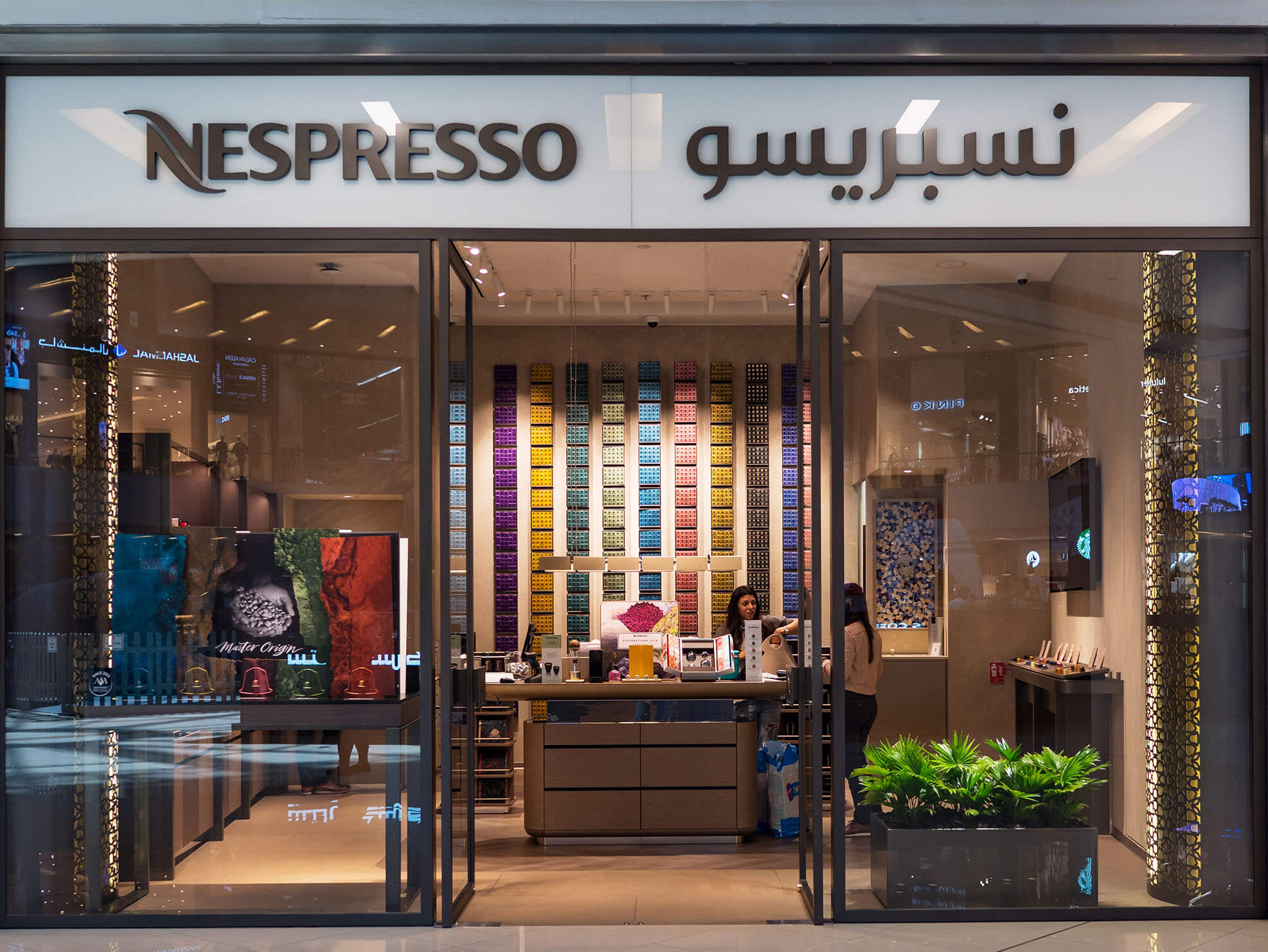
Many companies, however, prefer to outsource the process to local media companies that offer premedia solutions. The most significant benefit of the method is the time and the quality of the result. You’ll never know the culture of a foreign country and the people living there better than the locals do. Outsourcing product adaptation, helps companies save time and often resources. Another useful perk is that media companies can also connect you with local printing houses and help you handle the logistics issues.
So, do you need to adapt the design of your product?
As you can see, adaptation isn’t just one thing. It comprises packaging design adaptation, 3D product visualization, localization design, and product adaptation and many other elements. It isn’t exactly the most inexpensive solution, and you need to approach it cautiously. Before you can answer whether you need it at all, consider answering the following questions:
- Is the culture of the market you’re trying to enter drastically different from yours?
- Are there any legislation points you need to consider?
- Do you need to make your product more appealing to the local market
- Do you think your current packaging might not attract the attention you want?
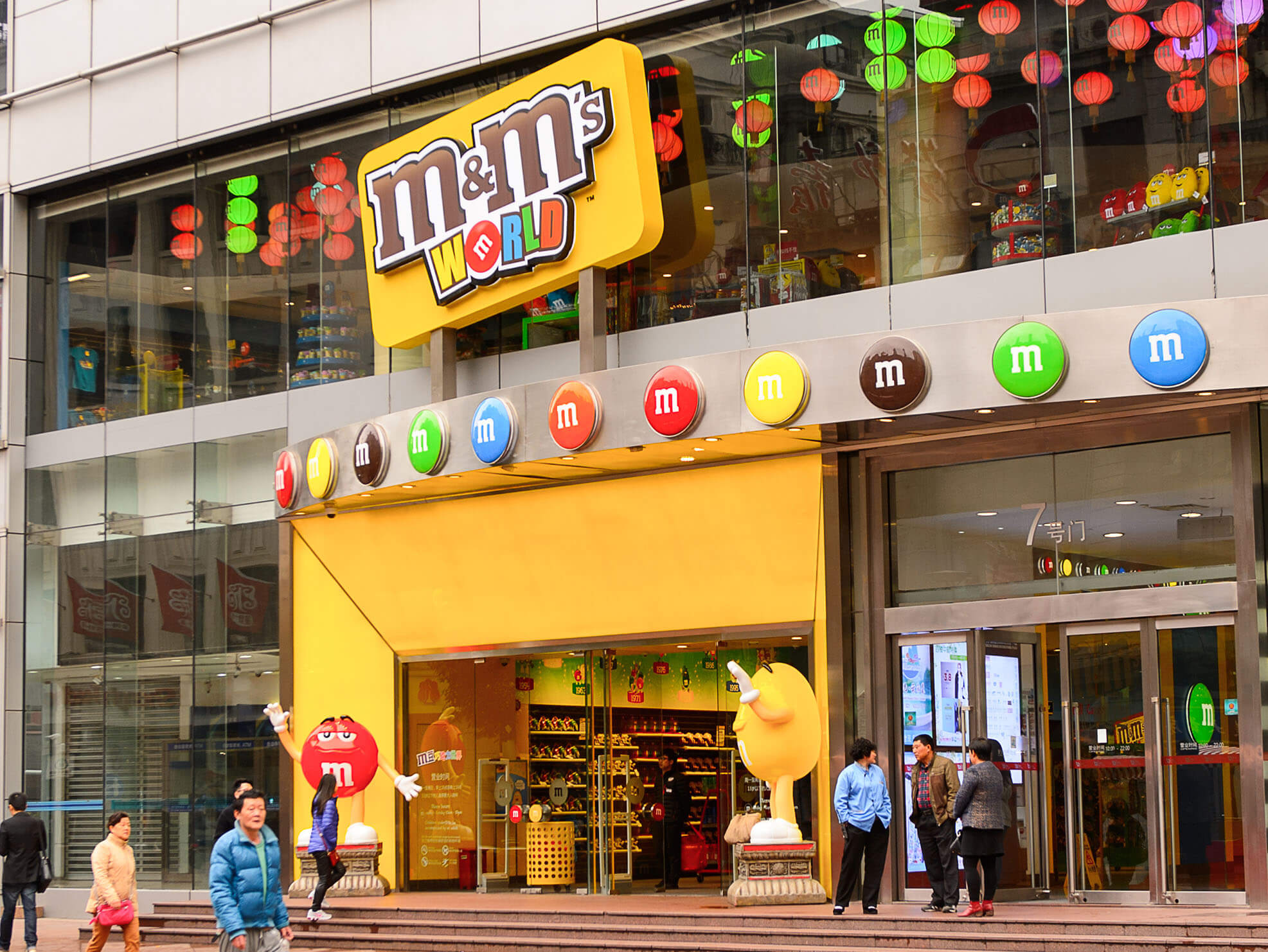
If you answered yes to one question above, it means product adoption should be on your radars. Yes, it might be time-consuming, but in the long run, it will only improve your performance. And, isn’t that what any brand ultimately wants?
Design adaptation solutions show customers, the people you need to care about the most, that you care. As the saying goes – to be interesting, first you need to be interested. And the practice shows, the brands are not immune to this universal wisdom.
